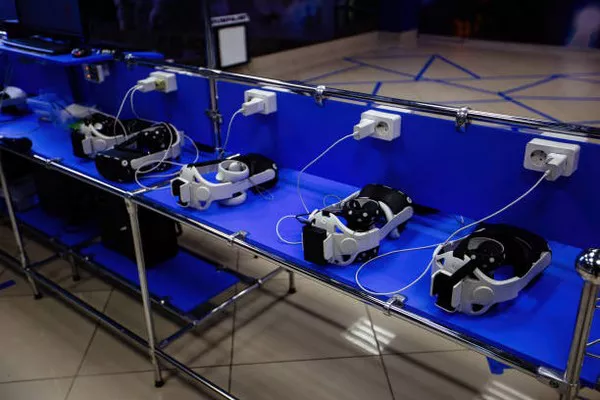In the pursuit of sustainable energy sources, wind power has emerged as a prominent player in the global transition towards cleaner and greener alternatives. Wind turbine generators, at the forefront of this renewable energy revolution, play a pivotal role in converting the kinetic energy of the wind into electricity. This article aims to provide a comprehensive understanding of how these turbines work and contribute to the generation of clean, sustainable power.
The Anatomy of a Wind Turbine
Before delving into the intricacies of how a wind turbine generator operates, it’s essential to understand its basic components. A typical modern wind turbine comprises a tower, rotor blades, a nacelle, and various electronic systems. The tower serves as the structural support, elevating the turbine to capture stronger and more consistent wind currents at higher altitudes.
Rotor blades, mounted on a hub, are crucial elements responsible for capturing the kinetic energy of the wind. These blades are meticulously designed to optimize aerodynamic efficiency and withstand varying wind conditions. The nacelle, positioned atop the tower, houses the essential components that convert the captured wind energy into electricity.
Wind Energy Conversion Process
The conversion of wind energy into electricity involves a series of intricate steps, starting with the rotation of the rotor blades. As the wind blows, the kinetic energy it carries causes the rotor blades to spin. This rotational movement is transferred through the hub to the main shaft inside the nacelle.
The Main Shaft and Gearbox
The main shaft is a critical component that transfers the rotational energy from the rotor blades to the generator. Located inside the nacelle, this shaft is connected to a gearbox, which plays a vital role in adjusting the rotational speed to optimize power generation. Gearboxes are essential for ensuring that the generator operates within its optimal speed range, maximizing efficiency and reliability.
Generator and Electricity Generation
At the heart of the wind turbine lies the generator, a device that converts mechanical energy into electrical energy through the principles of electromagnetic induction. Most modern wind turbines employ a type of generator known as a synchronous generator. In this setup, the main shaft is connected to the generator rotor, which contains powerful magnets.
As the rotor spins, it induces a magnetic field in the generator’s stator – a stationary component surrounding the rotor. This changing magnetic field within the stator coils creates an electric current through electromagnetic induction. The alternating current (AC) generated by the generator is then rectified and converted into direct current (DC) by power electronics within the nacelle.
Transformer and Grid Connection
The generated electricity, now in the form of DC, undergoes voltage transformation through a power electronics system and a transformer within the nacelle. The transformer increases the voltage to a level suitable for long-distance transmission, reducing energy losses during transportation. Once transformed, the electricity is ready to be fed into the electrical grid.
Control Systems and Pitch Mechanism
To optimize energy production and protect the wind turbine from extreme wind conditions, advanced control systems are employed. These systems constantly monitor wind speed, turbine speed, and other parameters to adjust the pitch angle of the rotor blades. The pitch mechanism enables the blades to rotate slightly in response to changing wind conditions, allowing the turbine to operate within its safe and efficient range.
Environmental Benefits and Challenges
Wind turbine generators offer numerous environmental benefits, contributing significantly to the reduction of greenhouse gas emissions and dependence on fossil fuels. They play a crucial role in diversifying the energy mix and promoting a sustainable future. However, challenges such as intermittency, visual and noise impacts, and the need for suitable wind locations must be addressed to ensure the widespread adoption and success of wind energy.
See Also: What Is The Best Home Generator
Conclusion
In conclusion, the functionality of a wind turbine generator is a harmonious interplay of mechanical, electrical, and control systems, converging to harness the immense power of the wind and transform it into clean, renewable electricity. As technology continues to advance, wind turbines are becoming more efficient, cost-effective, and adaptable, further solidifying their place as a key player in the global pursuit of sustainable energy solutions. The ongoing development and integration of wind power into our energy landscape represent a promising step towards a more environmentally friendly and sustainable future.

